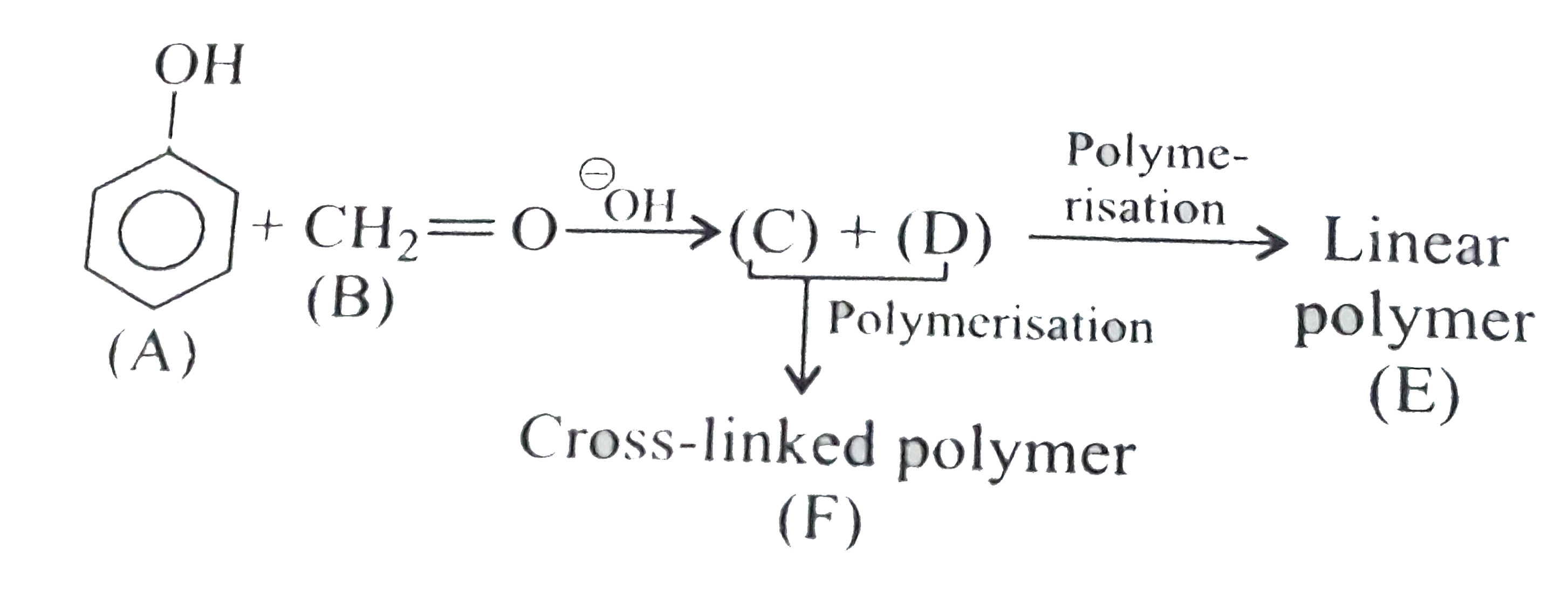Which of the following statements are correct regardly 17th group elements
I− reduces Cu2+ to Cu+
Cl− reduces Cu2+ to Cu+
I−3exists wheras Cl−3 does not
The bond energy order is Cl2>Br2>F2>I2
The correct Answer is:A, C, D
To determine which statements are correct regarding the 17th group elements (the halogens: fluorine, chlorine, bromine, iodine, and astatine), we need to analyze the statements provided.
1. Identify the Halogens:
The 17th group elements are known as halogens, which include fluorine (F), chlorine (Cl), bromine (Br), iodine (I), and astatine (At).
2. Evaluate the First Statement:
The first statement mentions that Iodine (I) can reduce Cu²⁺ to Cu⁺.
- Analysis: Iodine can act as a reducing agent under certain conditions, and it can reduce Cu²⁺ to Cu⁺. This statement is generally correct.
3. Evaluate the Second Statement:
The second statement suggests that Iodine (I) and Bromine (Br) are very good reducing agents under rare conditions.
- Analysis: While bromine and iodine can act as reducing agents, they are not typically classified as "very good" reducing agents compared to other elements. This statement is somewhat misleading as it implies a stronger reducing ability than is commonly accepted.
4. Conclusion:
- The first statement is correct.
- The second statement is misleading and not generally accepted as correct.
Final Answer:
- Correct Statement: The first statement regarding Iodine reducing Cu²⁺ to Cu⁺ is correct.
- Incorrect Statement: The second statement regarding Iodine and Bromine being very good reducing agents is misleading.
The 17th group elements are known as halogens, which include fluorine (F), chlorine (Cl), bromine (Br), iodine (I), and astatine (At).
The first statement mentions that Iodine (I) can reduce Cu²⁺ to Cu⁺.
- Analysis: Iodine can act as a reducing agent under certain conditions, and it can reduce Cu²⁺ to Cu⁺. This statement is generally correct.
The second statement suggests that Iodine (I) and Bromine (Br) are very good reducing agents under rare conditions.
- Analysis: While bromine and iodine can act as reducing agents, they are not typically classified as "very good" reducing agents compared to other elements. This statement is somewhat misleading as it implies a stronger reducing ability than is commonly accepted.
- The first statement is correct.
- The second statement is misleading and not generally accepted as correct.
- Correct Statement: The first statement regarding Iodine reducing Cu²⁺ to Cu⁺ is correct.
- Incorrect Statement: The second statement regarding Iodine and Bromine being very good reducing agents is misleading.
Topper's Solved these Questions
- S AND P BLOCK ELEMENTSBOOK - ERRORLESS CHAPTER - S AND P BLOCK ELEMENTSEXERCISE - JEE Section (Reasoning type question )
15 Videos
- S AND P BLOCK ELEMENTSBOOK - ERRORLESS CHAPTER - S AND P BLOCK ELEMENTSEXERCISE - JEE Section (Comprehension type questions)
13 Videos
- S AND P BLOCK ELEMENTSBOOK - ERRORLESS CHAPTER - S AND P BLOCK ELEMENTSEXERCISE - JEE Section (Only choice correct answer)
130 Videos
- Practical Organic ChemistryBOOK - ERRORLESS CHAPTER - Practical Organic ChemistryEXERCISE - JEE Ssection (More than one choice correct answer)
16 Videos
- SOLID STATE BOOK - ERRORLESS CHAPTER - SOLID STATE EXERCISE - JEE section (Numeric )
1 Videos
Similar Questions
Knowledge Check
Which of th efollowing statements are correct?
AA ray of light is incident on a plane mirror and gets reflected. If the mirror is rotated through an angle θ, then the reflected ray gets deviated through angle 2θBA ray of light gets reflected successively from two mirrors which are mutually inclined. Angular deviation suffered by the ray does not depend upon an angle of incidence on first mirrorCA plane mirror cannot form real image of a real objectDIf an object approached toward a plane mirror with velocity v, then the image approaches the object with velocity 2v.Which of th efollowing statement is correct ?
ALiOH>NaOH>KOH>RbOH (solubility orderBBe(OH)2>Mg(OH)2>Ca(OH)2>Sr(OH)2 (basic strength order)CLI<K<Na<Rb<Cs (density order)DLi+>Na+>K+>Rb+>Cs+ (ionic mobilty in aqueous medium)Which of the following statements is true about the 14th group elements ?
AThe stability of their dihalides increases steadily in the order :PbX2<SnX2<GeX2<SiX2.BThe tendency of the elements to catenation decreases as C>Si>Ge≈Sn>PbCBoth [SiF6]2− and [SiCl6]2− are known.DSilica is inert towards NaOH but it is attacked by HF forming SiF4.
Which of the following statement is not correct about group-16?
View SolutionWhich of the following statements is false with respect to group 14 elements. ?
View Solution Which of th following statement is/are correct about the polymer(E)?
Which of th following statement is/are correct about the polymer(E)?
View SolutionWhich of the following statements are true for group-2 elements?
View SolutionA group two element M forms a carbide which is actually a methanide (i.e., it gives off methane of hydrolysis). Then, which of the following statements is/are correct for the element?
View Solution
